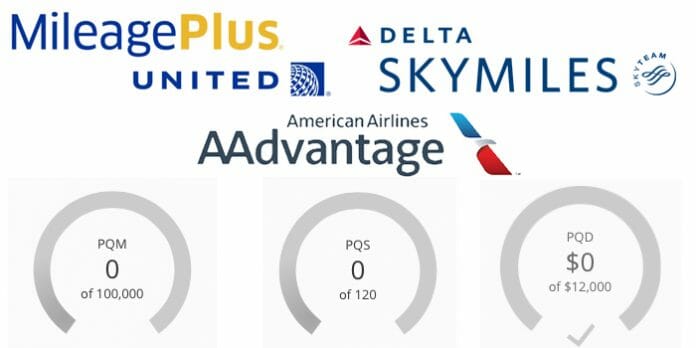
TravelingForMiles.com may receive commission from card issuers. Some or all of the card offers that appear on TravelingForMiles.com are from advertisers and may impact how and where card products appear on the site. TravelingForMiles.com does not include all card companies or all available card offers.
Some links to products and travel providers on this website will earn Traveling For Miles a commission which helps contribute to the running of the site – I’m very grateful to anyone who uses these links but their use is entirely optional. The compensation does not impact how and where products appear on this site and does not impact reviews that are published.
After yesterday’s news that American Airlines is further devaluing the AAdvantage program in a number of different and disappointing ways, including introducing a spending requirement for elite status, I thought it would be interesting to compare the criteria for earning status with all three of the remaining legacy US airlines. I also thought it would be interesting to see how easy or difficult each airline makes it to earn their status based on how they award miles, what exceptions they make to status requirements and what extra ways (other than flying) they offer to help travelers attain status faster.
All of that is too much for one blog post so I’ll divide it up into three.
- Part 1 – Earning Status With The Big 3 American Airlines – The Requirements
- Part 2 – Earning Status With The Big 3 American Airlines – Earning Miles Towards Elite Qualification
- Part 3 – Earning Status With The Big 3 American Airlines – Meeting Spending Requirements
The Status Levels At The US Big 3
*Top tier refers to the top status level for which there is a measurable goal. All three airlines have status levels that are invitation only and for which there are no published criteria – these are not included in this analysis.
Straight away there’s similarity between the three airlines – just look at the nomenclature they’ve all used!
Requirements For Status With The US Big 3
To earn the various status levels offered by American, Delta and United flyers need to spend a pre-set amount of money on tickets and earn a set number of elite qualifying miles or a fly set number of segments.
How many elite qualifying miles does each airline expect you to earn for each status level?
To reach top tier status with Delta (Diamond Medallion status) travelers need to earn an extra 25,000 elite qualifying miles (or what Delta calls Medallion Qualifying Miles) compared to what American and United flyers need to earn in their respective programs.
American Airlines and United Airlines have identical elite qualifying mileage requirements.
How many segments does each airline expect you to fly for each status level?
Travelers who fly a lot of short flights are unlikely to be able to rack up enough elite qualifying miles to attain any kind of meaningful status…so the airlines thought they’d help out. Instead of earning a set number of elite qualifying miles, flyers can fulfil part of the status requirements by flying a set number of flight segments.
Once again Delta’s criterion for top-tier status is higher than those of their competitors but this time their criterion for tier 2 status is a little higher too. At tiers 3 and 4 they have the same requirements as American and United.
American Airlines and United Airlines have identical segment requirements for elite status qualification.
How much money does each airline expect you to spend to reach each status level?
Before even looking at the figures it’s important to point out that none of the airlines takes the full price paid for an airline ticket as a contribution to the spending requirements.
All three Big 3 US airlines only count the “Base Fare” and “Carrier Imposed Charges” elements of a fare towards elite qualification – taxes, regardless of how high they are, do not count towards the relate spending requirements.
Once again Delta stands out as the airline that demands the higher spend from those reaching for top-tier status but their spend requirements for the remaining status levels match those of American and United.
American Airlines and United have identical spending requirements for elite status (is it me or is there a pattern forming here?)
Bottom Line
My economics teacher was fond of talking about how corporations need to ensure they differentiate themselves from their competition in order to give customers a reason to choose them over another supplier of a similar good or service. Clearly the Big 3 US airlines don’t feel this is relevant to them….at least not when it comes to status earning requirements.
United has long been following Delta’s lead in most things to do with their business (not just the frequent flyer program) and yesterday American Airlines joined the herd. There was once clear distinction between what was required to earn status at the various US airlines but not really any more….unless you count Delta’s higher requirements for top tier status.
The upshot of all this is that, if you want status with a US international airline, you don’t have that much choice in how you attain it…..you have to spend considerable sums of money and do quite a bit of flying too. Unfortunately There aren’t may ways you can finesse any of that into a win for the miles and points enthusiast.
The Big 3 US carriers may all have frighteningly similar elite status qualification requirement s but there are differences if you look deeper into each program and check the fine print – I’ll be looking at those tomorrow.
iOS users can get all of Traveling For Miles’ content Free on Apple News (click here)








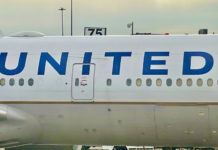
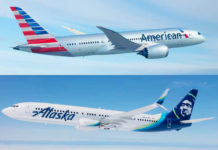
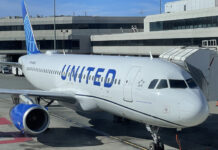


![How to earn Delta Lifetime Medallion Elite status [2024 edition] an airplane flying over a city](https://travelingformiles.com/wp-content/uploads/2022/07/delta-737-10-MAX-741-218x150.jpg)
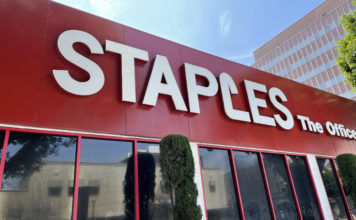
![The ideal 4 card American Express Membership Rewards team [Updated] a glass door with a picture of a man](https://travelingformiles.com/wp-content/uploads/2021/06/Amex-Centurion-Lounge-SFO-featured-741-356x220.jpg)

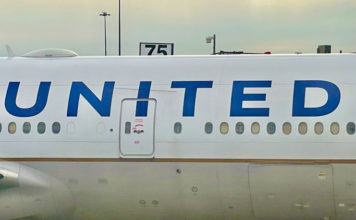


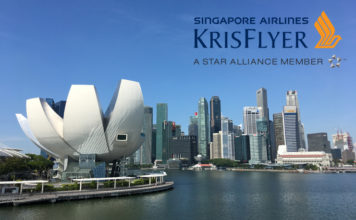




[…] On Tuesday I took a look at the qualification criteria set by the Big 3 US legacy airlines for anyone looking to earn status in their respective rewards programs and yesterday I followed that up with a post on how the Big 3 US airline award miles towards elite qualification. […]
[…] me into taking another look into how elite status can be earned on the Big 3 US legacy airlines. Yesterday I took a look at the criteria set by American, Delta and United for those wishing to attain status in their rewards programs and today I’m going to take a […]
[…] The criteria that the Big 3 US legacy airline set for each status level […]